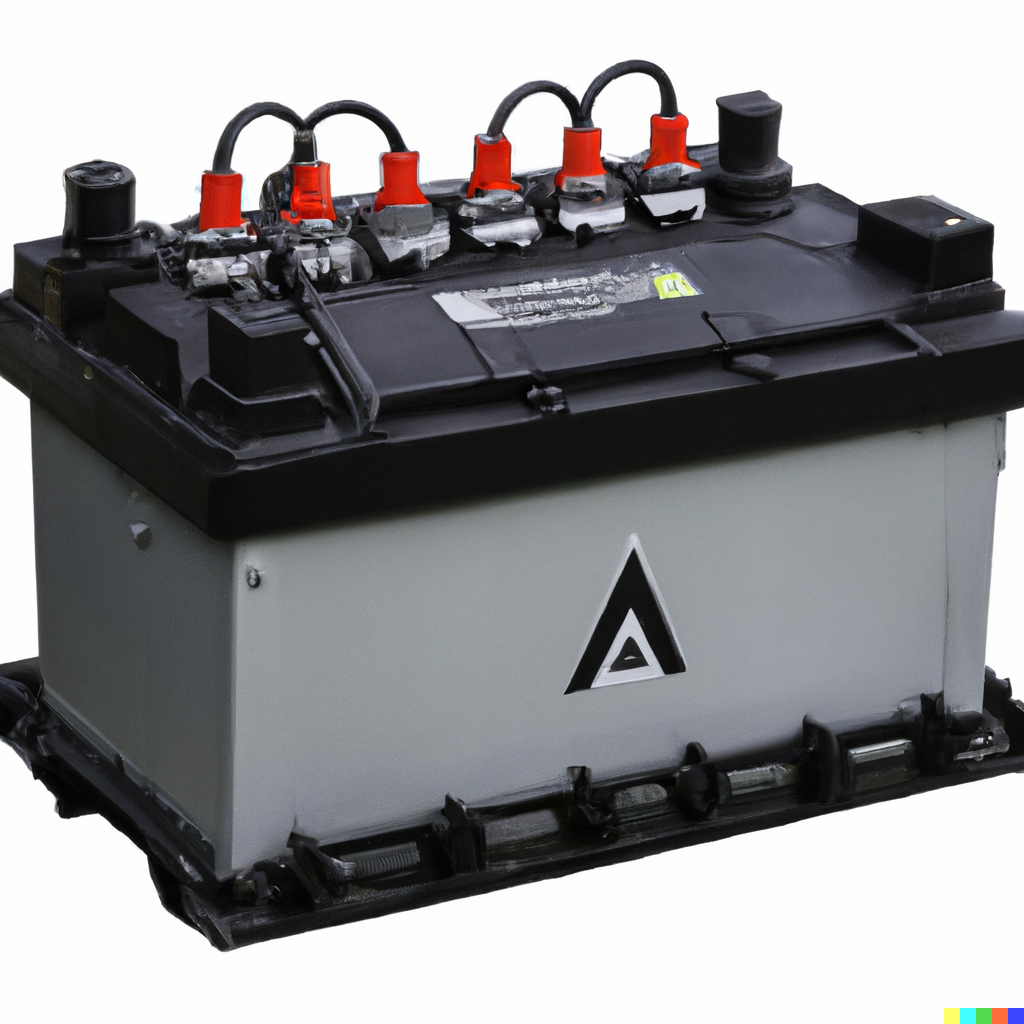The main difference between car batteries and deep cycle batteries solely lies in their chemistry. In this article, we’ll try to understand deep cycle batteries and car batteries in depth and find out the similarities and differences between them.
You must’ve used both types of batteries at some point of your life and might have a hazy idea about the differences. To be very specific, the main difference in the functionality of car batteries and deep cycle batteries is that car batteries are designed to provide high jolts of electricity quickly. Deep cycle batteries on the other hand are capable of providing steadier amounts of electricity for a much longer period of time.
Car batteries are designed to start the engine generally. The engine is the most important part of the car. An engine needs to be manually started before the combustion begins and the process keeps fueling itself. While you may have seen other examples of engines where cranking is done by hand, for example, a lawn mower or a chainsaw, in cars, cranking is mostly done using a starting motor.
This motor is powered by the car battery. Once the engine starts, it powers the alternator, which then takes care of most of the electrical needs of the car. The battery also gets charged simultaneously so it can power up the engine next time you start the car. That’s why car batteries need not have to retain the charge for a long period of time as they get charged frequently. This also comes with a problem however.
Car batteries generally have lower shelf-life than deep cycle batteries. They need to be kept charged for best performance.
Car batteries cannot recover from deep discharge. Under normal-use, they get discharged only by 5-8%, whereas, under normal circumstances, a deep cycle battery can be discharged upto 80%, however it is recommended to not go beyond 50% for better battery life.
Deep cycle batteries are meant to be used for storing power and then using it later on. They can store a lot of electricity and slowly discharge making them best for use with electronics. The “deep-cycle” refers to their capability of getting violently drained and recovering without any consequences. Deep cycle batteries however, cannot power engines efficiently as they cannot provide the high current required for cranking.
Features of Car Batteries Vs Features of Deep Cycle Batteries
Since car batteries and deep cycle batteries are so different from each other, it is only natural that their performance is also measured in different units.
Since car batteries are not required to have a long battery life and instead the power is what matters, their performance is mainly measured with two things.
CCA: CCA or Cold Cranking Amps, is the measure of the cranking power of a cranking battery. It is defined as the amount of current in amperes the battery can deliver for 30seconds at 0 degree fahrenheit.
CCA is an extremely important factor to determine which battery to use for your vehicle. Bulkier vehicles need batteries with higher CCA rating as it is harder to crank bigger engines. Vehicles in cold weathers require higher CCA than warm temperature areas as cold makes the engine harder to crank. In some cases, additional battery power is needed to preheat the engine even before cranking is attempted. The performance will also depend on the battery type but they are applicable to both cranking and deep cycle batteries.
RC: Another important factor that determines the performance of a car battery is the RC or reserve capacity. It is basically the number of minutes the battery can crank an engine before needing to be recharged. A decent RC is important especially in places where cranking is hard. High CCA without good RC is pointless as without a substantial time frame, cranking is extremely hard.
Deep cycle batteries are rated on their capacity to hold charge and not the rate at which it delivers charge. The capacity of deep cycle batteries are measured in Amp-Hours.
AH: If you’ve ever bought a deep cycle battery, you must’ve come across the Ah rating. Ampere hours is a measure of the charge stored in a battery. Batteries with higher Ah rating tend to be bulkier and more expensive but can last longer than smaller batteries.
Let’s understand the concept of Ah with an example. A battery rated 100Ah can power a bulb that draws 5A in an hour for 20 hours. It’s that simple. Large systems usually use multiple batteries to increase overall capacity.
Conclusion
These were the most important differences between deep cycle and car batteries. Hope you found it helpful.





